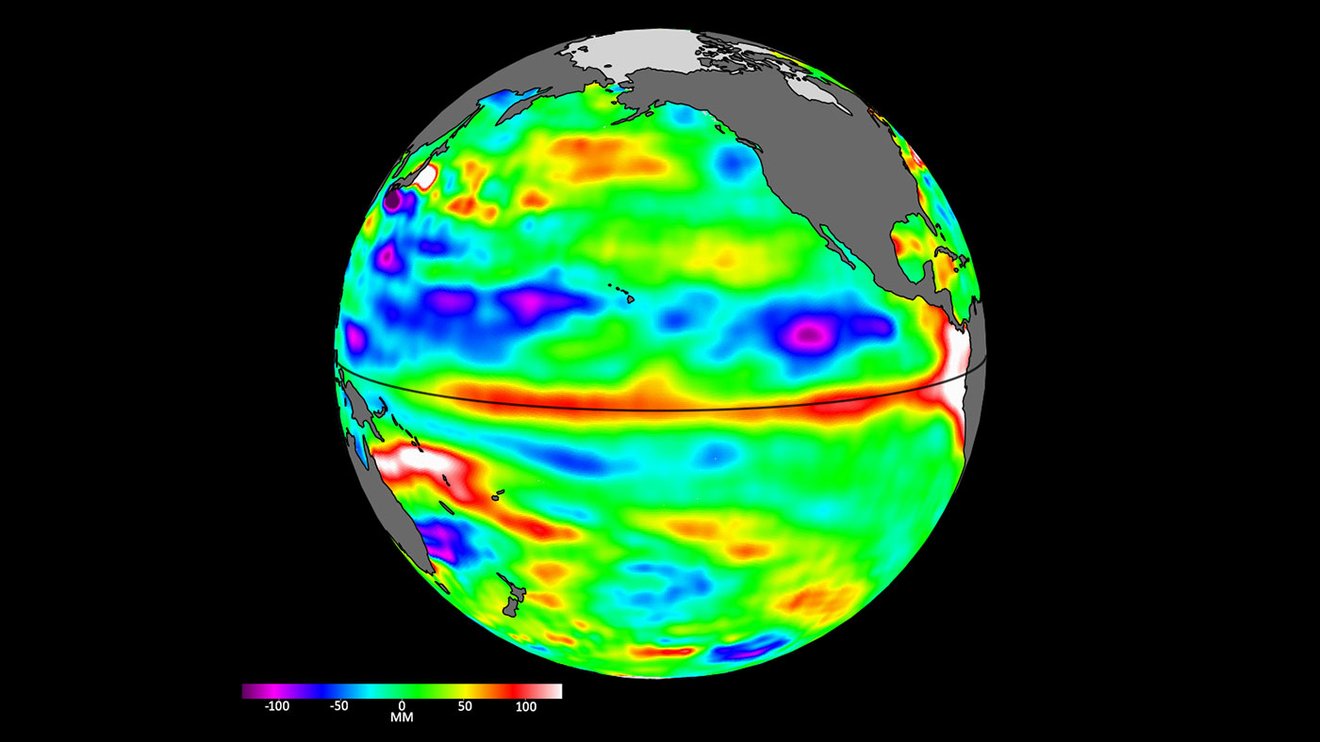Science news this week: The spark of life in space and 1.7 billion T. rexes
Our weekly roundup of the latest science in the news over the past few days, as well as a few fascinating articles to keep you entertained over the weekend.

It's been a busy week in science news when it comes to animals, where we discovered why a tiny jumping spider is such a bad actor, revised our best estimates for how many T. rexes once roamed Earth, and found out how Australian authorities are doing to save koalas from chlamydia.
Elsewhere, a mysterious noise 70,000 feet (21,000 meters) up in the atmosphere is baffling scientists, while further afield, the James Webb Space Telescope has spotted what could be an ancient "water world" in a nearby star system.
Closer to home, we've uncovered a 5,400-year-old tomb in Spain that perfectly captures the summer solstice, a pair of 2,300-year-old scissors and a "folded" sword in a Celtic cremation tomb, and the ruins of a Roman watchtower in Switzerland.
Delving further back in human history, we shared the latest research on our human relatives, which revealed that Neanderthals passed down their tall noses to modern humans. And looking back even further, we saw evidence that the very spark of life on Earth may have been caused by solar superflares.
Picture of the week
This colorful image of Earth portents the early signs of El Niño forming in the Pacific Ocean.
Using data from NASA's Sentinel-6 Michael Freilich satellite, the picture shows Kelvin waves (in red and white, which represent warmer water and higher sea levels) moving across the Pacific. Scientists consider these waves to be a precursor to El Niño when they form at the equator and move the warm upper layer of water to the western Pacific.
"We'll be watching this El Niño like a hawk," Josh Willis, a project scientist at NASA's Jet Propulsion Laboratory (JPL), said in a statement. "If it's a big one, the globe will see record warming."
Get the world’s most fascinating discoveries delivered straight to your inbox.
Weekend reading
- Can you guess which is the heaviest organ in the human body?
- If you want to bring the cosmos indoors, check out our roundup of the best star projectors.
- Bad actors they may be, but which spiders are the deadliest?
- Did Noah's flood really happen? Nope, but it is a story much older than the Bible, and researchers are still learning about its roots.
And finally…
Don't miss your last chance to see the ethereal Earthshine next week. The phenomenon, also known as Da Vinci glow, is sunlight reflected first by Earth onto the lunar surface, then again into the eyes of the viewer. The effect is a faint, ghostly glow on the shadowed part of the moon's Earth-facing side. It's not to be missed.

Alexander McNamara is the Editor-in-Chief at Live Science, and has more than 15 years’ experience in publishing at digital titles. In 2024 he was shortlisted for Editor of the Year at the Association of British Science Writers awards for his work at Live Science. He has previously worked at New Scientist and BBC Science Focus.



